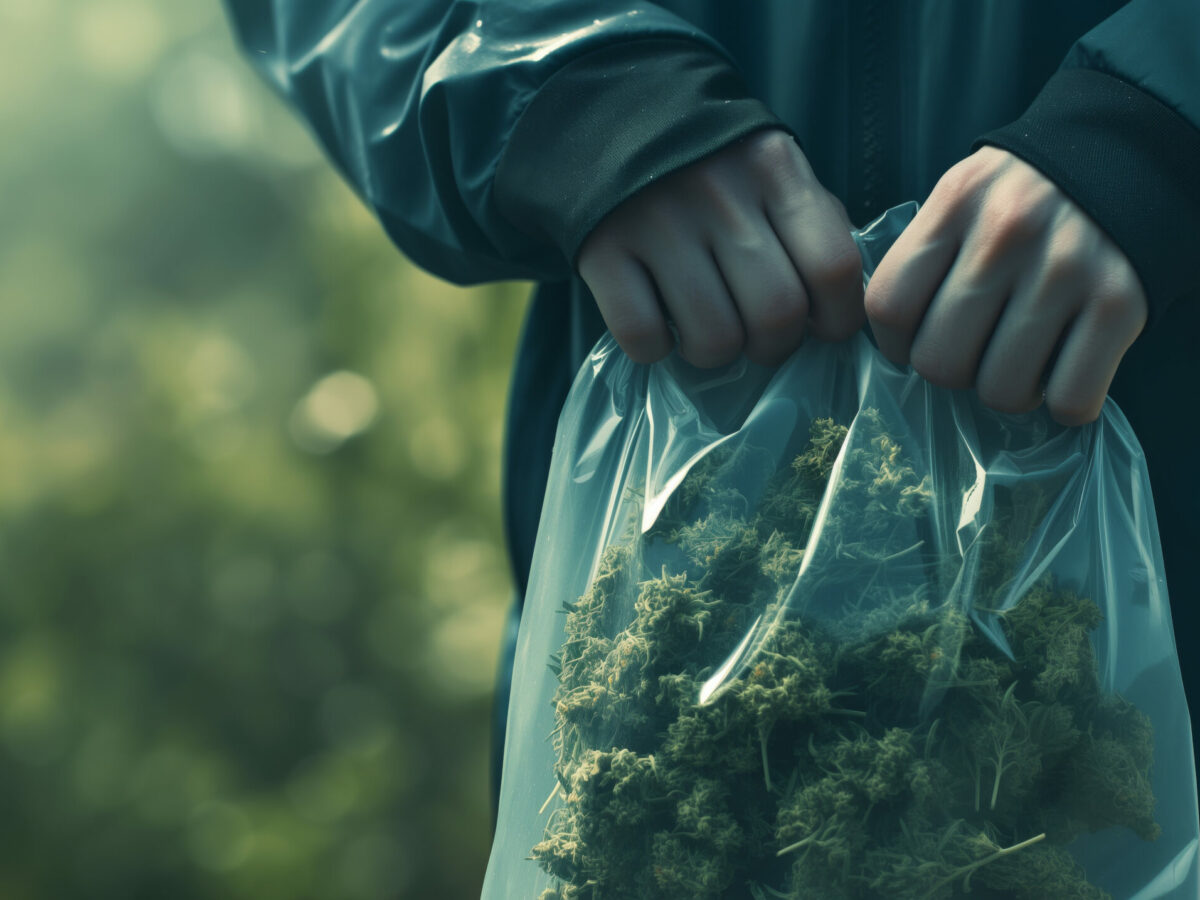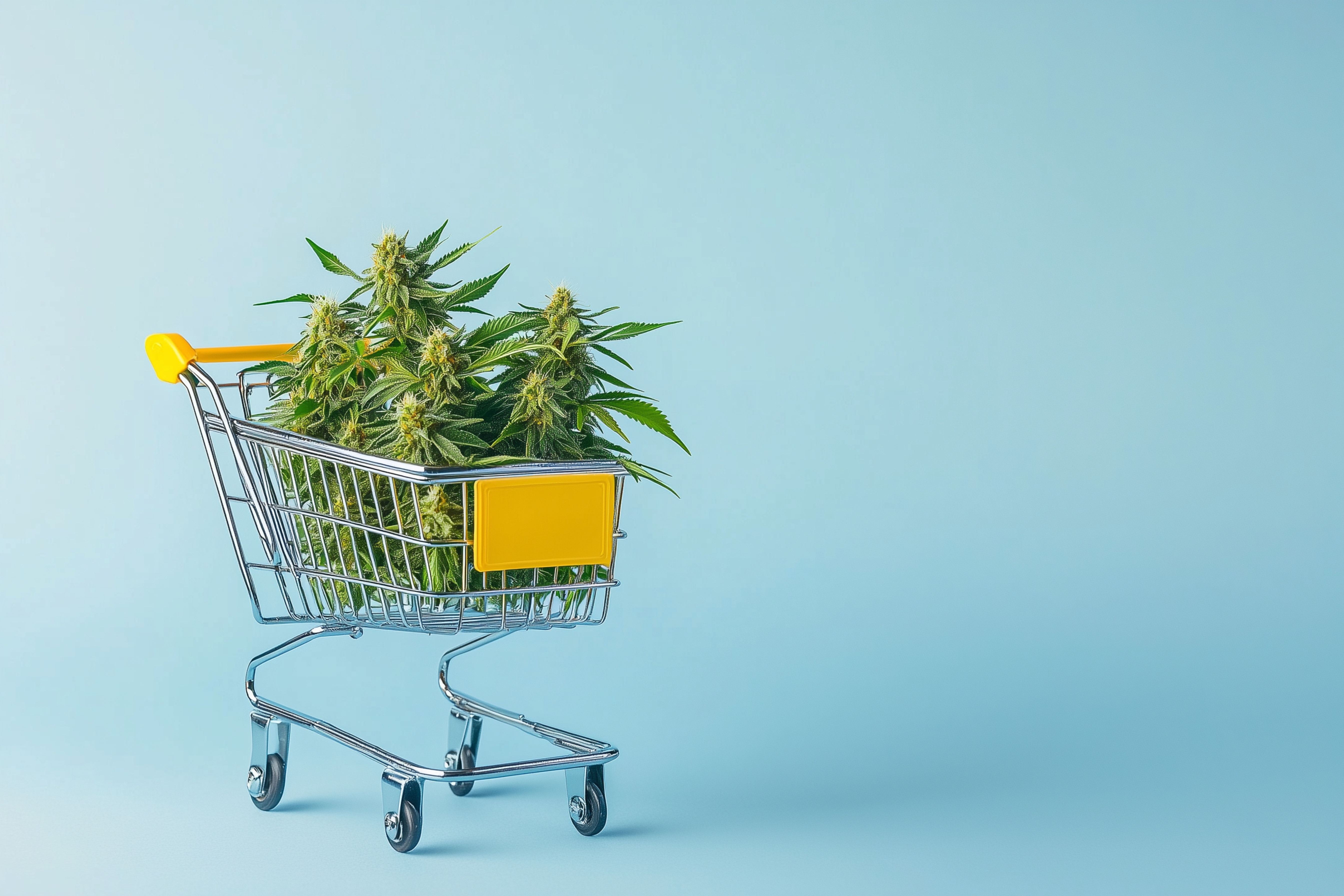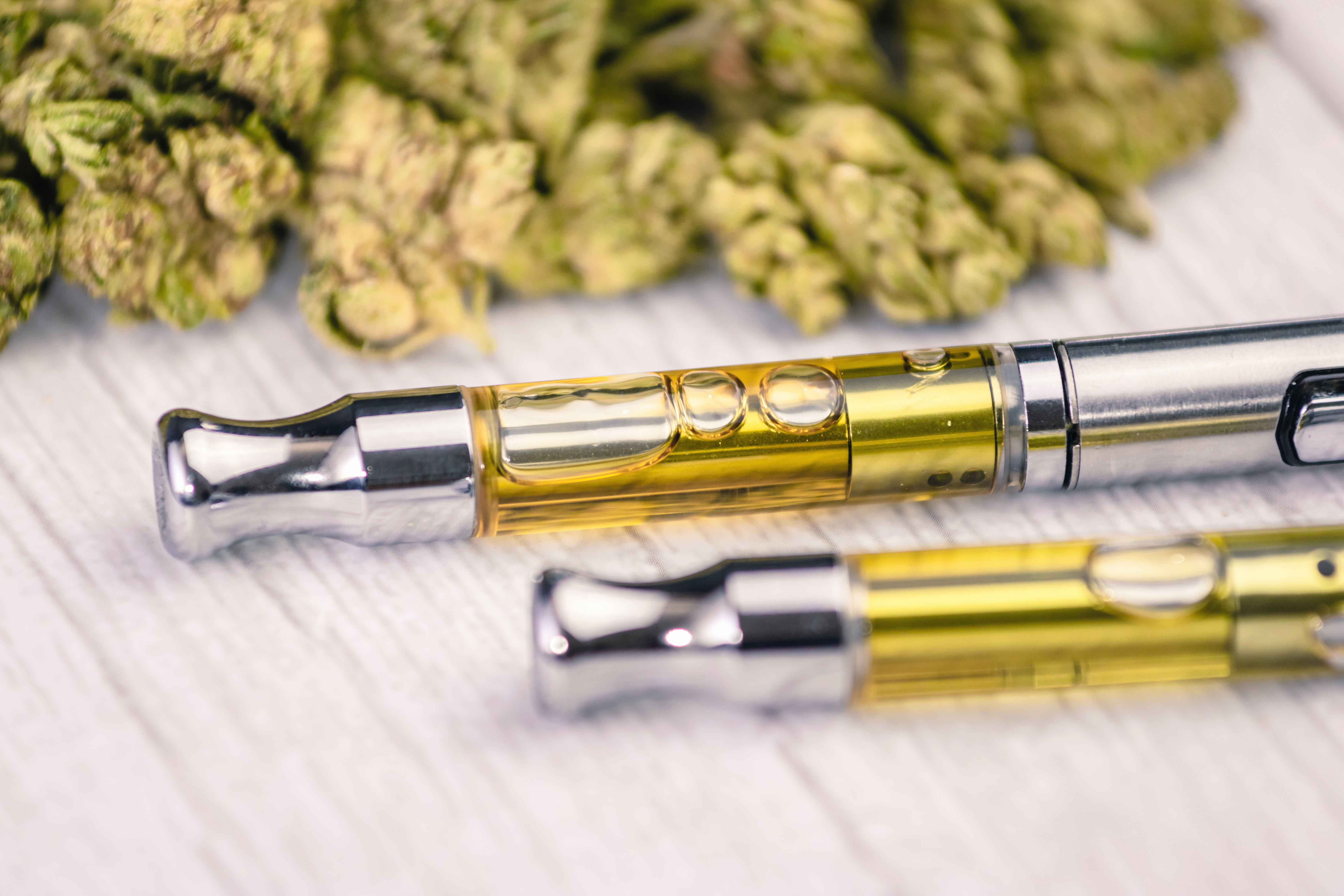Picking weed from a dispensary menu in Maryland’s medical cannabis market can feel like a shot in the dark – even for the most experienced users.
Before there were medical dispensaries, people relied on their senses to assess weed’s quality by checking its appearance, scent and texture. Strain names, THC content or descriptors like “sativa” and “indica” were rarely available to buyers – assuming they had more than one strain to pick from.
To prevent the spread of COVID-19, Maryland regulators have prohibited see-through packaging and indefinitely suspended deli-style dispensaries, meaning you won’t get the chance to see or sniff weed before you buy it.
But that doesn’t mean you have to frantically google strain names at the dispensary counter or play 20 questions with the budtender.
Instead, you can determine the effects and potency of medical weed in Maryland by using the label that comes with every package. The label is where you’ll find a strain’s cannabinoid and terpene profile, which is your road map to the overall quality and effects of a bag of weed.
This guide puts an end to dispensary guessing games by teaching you how to properly read a medical weed label.
Table of Contents:
- The Entourage Effect
- The Importance (and Unimportance of THC)
- What’s a Terpene?
- Your Terpene Cheat Sheet
The Entourage Effect
There are three things to check when reading a medical weed label: THC content, total terpene concentration and terpene profile. These indicators give you an insight into the strain’s quality, effects and freshness.
Cannabinoids and terpenes are the two primary factors in the “entourage effect” – a budtender’s term for how weed compounds and their corresponding concentrations will affect a patient.
A common mistake people make when picking out weed is to only check for THC content, ignoring the wealth of other information available on the label. THC isn’t the only determinant of a strain’s potency or effects, so if you’re relying on it too much to pick your weed, you’re likely missing out on some of the best flower your dispensary has to offer.
Having access to terpene profiles is one of the pros of buying weed from a medical market because most recreational markets only require cultivators to list a strain’s THC content.
The Importance (And Unimportance) of THC
THC (tetrahydrocannabinol) is the psychoactive cannabinoid in weed that causes its “high,” and is the most commonly used to describe the potency of a batch of weed.
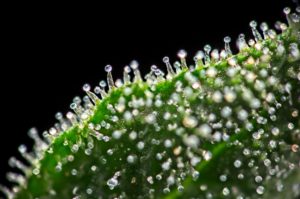
Some strains are known for having high THC content, but potency can vary quite a bit between batches.That’s why dispensaries tend to price weed based on THC content versus strain alone.
In Maryland’s medical market, a strain with less than 15% THC is considered mild. while between 16% and 25% THC qualifies as moderate, and more than 25% is quite potent. In general, weed with higher THC costs more with exceptions depending on the dispensary and brand.
Some might seek out higher THC content to manage pain, insomnia, or because they have a higher tolerance to it – but THC alone won’t paint a full picture of a strain’s effects. For that, you need to check the terpenes.
What’s A Terpene?
Terpenes are the other major contributor to the “entourage effect,” and work together with THC to create a strain’s unique effects.
If you’ve ever judged the quality of weed by its smell and appearance, then you were using your senses to assess its terpene concentration – whether you knew it or not.
Good weed has a pleasant smell that’s hard to miss, and should be filled with little crystallized specks that shine when held under light. That sparkle effect is caused by trichomes, which contain the terpenes that create a strain’s smell, taste, and effects.
The more sparkly the weed, the more terps it contains, and the more potent it will smell.
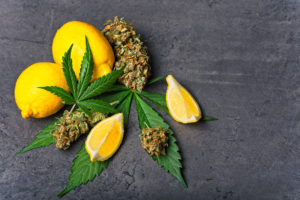
Higher terpene concentrations add to a strain’s overall potency – along with THC content. So if Blue Dream has 25% THC and a terpene concentration greater than 3%, it may feel more intense than a strain with 32% THC and less than 1% terpenes.
Total terpene concentration also speaks to how carefully the weed was grown and cured since terpenes deplete with both poor cultivation and with time. Weed with 3% terpenes should have a more noticeable smell and sparkle than weed with lesser terpene concentrations
Some cultivators will calculate the total terpenes for you, while others will make you do it yourself by adding up the individual terpene concentrations on the label.
And in today’s modern world of legal weed, terpenes help determine what makes a strain indica, sativa, or hybrid. Once upon a time, those descriptors were used to describe different species of weed and their presumed different effects.Researchers now deem their historic use inaccurate, but consumers still use sativa and indica to describe whether a strain is an “upper,” “downer,” or somewhere in-between.
A strain’s taste, smell and effects will reflect its most dominant terpenes. To determine how a strain will make you feel, check its top three terpenes and refer to the handy cheat below to determine its corresponding effects.
Your Terpene Cheat Sheet
Disclaimer: These are anecdotal descriptions of how terpenes influence the effects of a strain based on anecdotal evidence collected from one budtender. Be sure to take your own notes on specific terpenes make you feel, as their effects vary from one person to the next.
Myrcene
Myrcene causes weed to smell earthy or musky, and is also found in hops. It’s the most prevalent terpene found in . Most strains have at least a little bit of myrcene.
Myrcene has a sedative effect, and is the first terpene to look for if you prefer indicas – or “downers” It can be used to treat insomnia, chronic pain, and works best in tandem with high amounts of THC.
It’s also the terpene to look for if you don’t want your weed to make you tired. The lower the myrcene, typically the less sedative a strain will be.
Limonene
Limonene gives weed a citrusy smell, and is also found in lemon peels. It’s one of the easiest terpenes to sniff out, due to its characteristic smell.
Limonene is the trademark sativa terpene, and produces a giddy, uplifting effect in strains where it is dominant. Some report that limonene eases stress, and may relieve heartburn and acid reflux.
If you like strains that are uplifting, induce creativity, and are good for the daytime – search for strains with a high limonene content. Like myrcene, limonene is usually present in at least small amounts.
Caryophyllene
Caryophyllene, also found in black pepper and cloves, has a unique smell that is difficult to describe, easy to recognize, and hard to forget. It’s the only terpene that scientists have found directly interacts with your endocannabinoid system.
Weed that contains high amounts of caryophyllene may produce a “body high” that can be sedative, without the heavy-behind-the-eyes tired feeling that is associated with myrcene.
Those who use weed for pain relief, anxiety, or depression should consider strains high in caryophyllene, as its unique ability to interact with our endocannabinoid systems makes it highly therapeutic.
Terpinolene
Terpinolene is one of the less concentrated terpenes in weed, and is typically found in smaller amounts than myrcene, limonene or caryophyllene. Its smell is more difficult to pin down, and is found in cumin, nutmeg and lilac. Some describe the smell as citrusy, while others say it’s more floral or piney.
Anecdotal evidence from weed consumers suggests that terpinolene-dominant strains can be stimulating, and potentially good for people who struggle to focus, or need an extra kick of creativity.
Linalool
Linalool is most commonly found in lavender, and is another terpene found in lower quantities.
Strains that have a significant amount of linalool may be described as relaxing, sedative, and stress-alleviating. This terpene was found to combat anxiety and depression in mice, though its full medicinal potential is still being researched.
Strains that are dominant in linalool can be more difficult to find and tend to fall in the indica or “downer” category, but be sure to check other dominant terpenes before smoking it in the morning.
Pinene
Pinene appears in cannabis in two forms: alpha-pinene and the less prevalent beta-pinene.
Strains that are dominant in pinene are rare, but most strains have small amounts of alpha-pinene. It’s the most abundant terpene found in nature, most recognizably found in – you guessed it – pine trees.
The effects of pinene on the body are still being researched, but early data suggests it could have anti-cancer properties and function as an anti-inflammatory.
Keep A Weed Journal
One of the best ways to make dispensary trips easier is to keep a weed journal to track each strain you’ve tried, its THC content, most dominant terpenes, and how it made you feel.
That way, you can easily spot the dominant terpenes in your favorite flower, and try new strains based on terpenes you know you like.
To recap, use weed labels to quickly spot the best weed Maryland has to offer – and to better understand your individual needs and tastes.
With time and practice, you’ll be on your way to becoming your own budtender.
